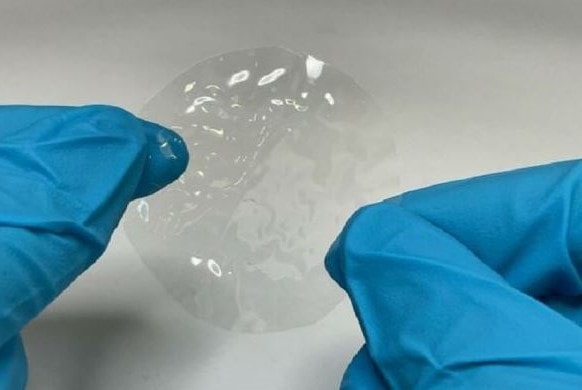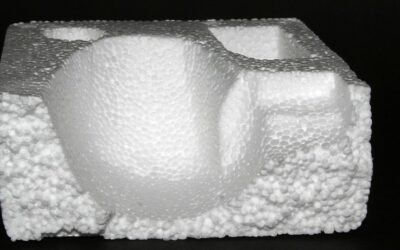A new method called hydrosetting has allowed researchers to produce a variety of shapes simply by dipping the bioplastic in water and allowing it to air dry.
Researchers at the University of Göttingen, in Germany, designed a sustainable method called hydrosetting, which uses water under normal conditions to create a novel bioplastic from cellulose and water, the new type of hydroplastic polymer has been called cellulose cinnamate (CCi) .
The research, published in Nature Sustainability, highlights that this new process could be a response to the technological challenge posed by the ecological processing of reusable and recyclable plastics derived from plant raw materials.
Professor Kai Zhang, from the University of Göttingen, explains that plastics are polymers whose molecular structure is made up of a large number of similar units linked together. Currently, most plastics are manufactured from petrochemical raw materials at a high environmental cost.
However, cellulose is the main constituent of plant cell walls and the most abundant natural polymer on Earth, constituting an almost inexhaustible source of raw material. By modifying a very small portion of the cellulose chemistry by introducing a group of ‘cinnamoyl’ enzymes, the scientists were able to manufacture a specific CCi suitable for the formation of a new type of bioplastic with hydroplastic polymers, soft and moldable materials in contact with water.
This unique method, known as hydrosetting, has allowed researchers to produce a variety of shapes simply by dipping the bioplastic in water and allowing it to air dry.
The research found that the molded shapes maintained their long-term stability and could be re-molded over and over again into a variety of 2D and 3D shapes. CCi’s bioplastics exhibited high-quality mechanical properties compared to plastics that are widely used today.
“Our research provides a feasible method for designing other green hydroplastics from renewable resources,” said Professor Kai Zhang from the University of Göttingen. “This could open new avenues of research, stimulating the exploration of other sustainable bioplastics with superior mechanical properties and new characteristics.”




